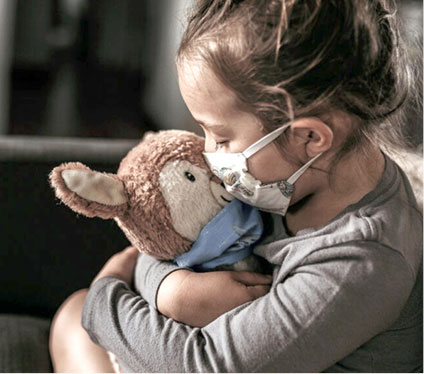A recent study compared the likelihood of children of different age groups transmitting SARS-CoV-2 to household members.
The study reported that children under 4 years old were more likely to transmit the virus to their parents and siblings than adolescents aged 14–17 years.
Testing delays and larger household size were associated with an increased risk of children transmitting SARS-CoV-2 to family members.
These findings may inform the behavior of household members and public policy decisions related to schools or childcare.
The reopening of schools and the uptick in Covid-19 cases due to the rapid spread of the SARS-CoV-2 Delta variant has renewed concerns among parents and policymakers about the safety of children.
Like adults, children and adolescents are susceptible to SARS-CoV-2 infections. Although a small number of children may develop severe illness, children are more likely to be asymptomatic or have mild symptoms compared with adults.
However, evidenceTrusted Source suggesting differences in children’s susceptibility to contracting SARS-CoV-2 and their ability to spread the virus compared with adults has been highly variable.
Stay informed with live updates on the current Covid-19 outbreak and visit our coronavirus hub for more advice on prevention and treatment.
This lack of robust evidence is partly because some studiesTrusted Source took place during the early part of the pandemic when limited unbiased data was available on how many children had contracted SARS-CoV-2.
Since children generally have milder symptoms and testing was limited to symptomatic cases, children were less likely to receive screening for SARS-CoV-2 during the early stages of the pandemic.
This selective screening of people with symptoms resulted in an underestimation of the number of children with SARS-CoV-2.
Furthermore, lockdowns at this time likely coincided with the closure of school and childcare settings.
This resulted in children having limited exposure to the virus, which led to the limited data on pediatric SARS-CoV-2 infections.
Studies have compared the ability of children to transmit the virus with that of adults. However, there is limited data on the differences in the risk of coronavirus transmission among children of different age groups.
A team of researchers at Public Health Ontario in Canada recently compared the risk of transmission of SARS-CoV-2 to household members between younger and older children.










